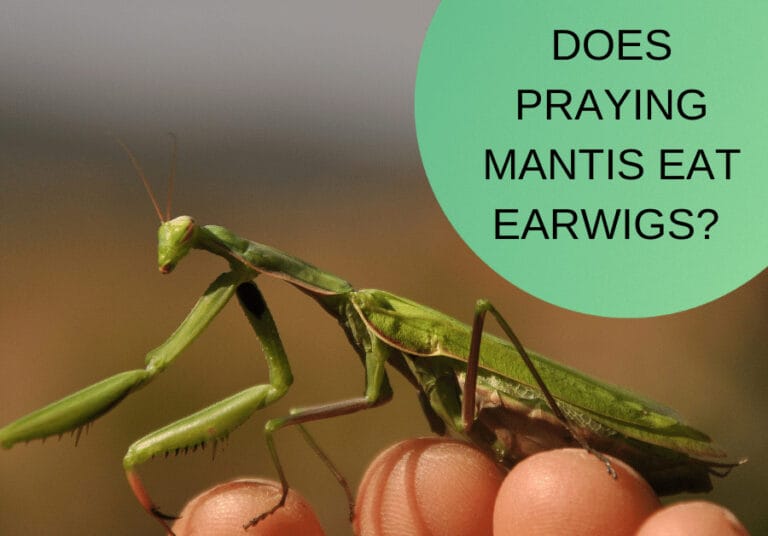
Are you looking to keep your garden thriving without harming the planet? You're not alone. In our journey towards greener living, eco-friendly pest control, including managing unwanted pests like slugs and spiders, has become a game-changer in maintaining healthy home gardens.
This guide explains sustainable pest management methods and ensures that each target pest, from beetles to mosquitoes, is addressed effectively. From natural remedies to proactive steps, we've got practical, earth-friendly solutions that work for both gardening veterans and newcomers. So, let's dive in together and discover how to nurture your garden in a way that's kind to our environment!
Table of Contents
The Basics of Eco-Friendly Pest Control
Eco-friendly pest control is about managing garden pests in harmony with nature, steering clear of harsh chemicals. This approach is not just good for your plants, but it's a big thumbs-up for the planet too. By embracing natural methods, including insecticides made from organic materials, you’re contributing to a sustainable environment, ensuring your garden thrives in a way that's kind and mindful. It's an all-around win for both gardeners and Mother Earth.

Cultivating Pest-Repelling Plants
Grow plants like lavender and marigolds that naturally ward off pests. These botanical guardians keep your garden safe from rodents and add beauty too.
Organic Barrier Methods
Use natural materials like crushed eggshells or diatomaceous earth to create barriers. These prevent pests from reaching your plants without harming the environment. Another effective method is a spray bottle filled with homemade insecticide, offering a gentle yet efficient way to handle a pest problem.
Biological Control Techniques
Introduce beneficial insects like ladybugs or lacewings. They're nature's pest controllers, keeping harmful bugs in check, including the diligent extermination of beetles and other insects.
DIY Natural Pesticides
Create your own eco-friendly pesticides using ingredients like neem oil or garlic. These are effective against pests, including stubborn rodents, and safe for your garden. Regularly applying insecticide can keep your garden free of mosquitoes and other pests.
Soil Health Management
Enrich your soil with compost and organic matter. Healthy soil supports strong plants that are less vulnerable to pests, including stubborn slugs and spiders.
Companion Planting
Pair certain plants together to naturally repel pests. For example, planting basil near tomatoes can help keep bugs away, reducing the need for frequent insecticide applications.
Physical Pest Removal Tactics
Manually remove pests using methods like hand-picking or water sprays. It's direct and avoids chemical use.
Using Natural Predators
Encourage birds and bats to visit your garden. They're natural pest predators and can significantly reduce pest populations, including rodents.

Essential Oils as Repellents
Utilize essential oils like peppermint or eucalyptus as natural pest repellents. These oils are effective and add a pleasant aroma to your garden.
Eco-Friendly Traps
Design traps that capture pests without harming them or the environment. For example, use pheromone traps for specific insect species.
Regular Monitoring and Maintenance
Keep a close eye on your garden. Regular checks help spot and address pest issues early, preventing larger infestations.
Community-Based Approaches
Keep a close eye on your garden. Regular checks help spot and address pest issues early, preventing larger infestations. This is key to effective pest control treatment.
Related: Watermelon Companion Plants For Pest Control
Benefits of Eco-Friendly Pest Control

Eco-friendly pest control isn't just about keeping your garden healthy; it's a commitment to protecting the environment and conserving biodiversity. By choosing these methods, you ensure safety not just for yourself and your pets, but also for the beneficial insects in your garden. Plus, these sustainable practices offer long-term effectiveness, helping you maintain a balanced and thriving garden ecosystem, season after season.
Case Studies and Success Stories
Real-life stories in eco-friendly pest control, such as those featured on PESTconsultant, offer inspiring examples of success. From organic farming enhancing biodiversity and food quality to the significant pest reduction achieved through Integrated Pest Management (IPM) in homes, these narratives from gardeners and experts highlight the transformative impact of sustainable practices. Strategies like biological control and maintaining cleanliness not only prove effective but are also pivotal for a healthier, more sustainable world.
Challenges and Solutions

Implementing eco-friendly pest control can have its challenges, like finding the right balance between natural methods and effective pest management. Overcoming these involves being patient and learning through trial and error. For beginners, start small with easy-to-implement strategies like cultivating pest-repelling plants or using DIY natural pesticides. As you gain experience, you'll better understand and adapt to changing pest behaviors, ensuring your garden remains a thriving, eco-conscious haven.
Resources and Tools

For expanding your eco-friendly pest control knowledge, several resources and tools are at your disposal. Books like “Attracting Beneficial Bugs to Your Garden” by Jessica Walliser provide in-depth insights. For online resources, the National Pesticide Information Center offers comprehensive information. Community forums are great for shared experiences and tips. In terms of tools, consider essentials like neem oil, insecticidal soaps, and pheromone traps to aid your eco-friendly approach. These resources are invaluable for enhancing your understanding and equipping you with practical, sustainable pest management strategies.
What is the most environmentally friendly method for controlling pests?
Conclusion
Adopting eco-friendly pest control is more than a gardening choice; it's a step towards a healthier, more sustainable world. Start small, perhaps with a few natural repellents or introducing beneficial insects. Gradually, as you get more comfortable, expand your practices. Every little effort counts, and together, these small steps can lead to a significant positive impact on our environment and the well-being of future generations.
Take the leap and embrace eco-friendly pest control in your garden. It's a small step for you, but a giant leap for environmental health. To get started, explore comprehensive guides and local services that can help. Websites like the National Pesticide Information Center offer a wealth of information. Also, consider reaching out to local eco-friendly pest control services in your area for tailored advice and support. Together, let's cultivate gardens that are safe havens for both plants and wildlife.


